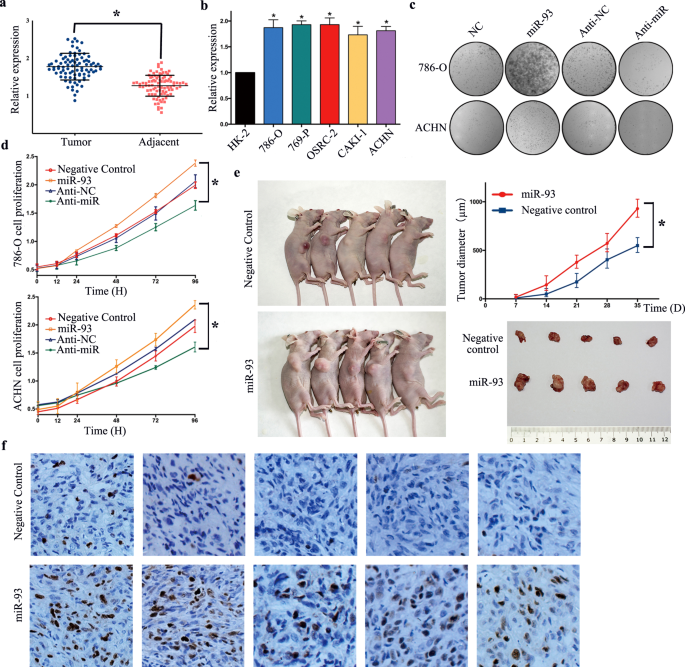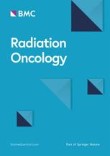
Abstract
Background
Hepatocellular carcinoma (HCC) is among the deadliest forms of cancer. While RNA-binding proteins (RBPs) have been shown to be key regulators of oncogenesis and tumor progression, their dysregulation in the context of HCC remains to be fully characterized.
Methods
Data from the Cancer Genome Atlas - liver HCC (TCGA-LIHC) database were downloaded and analyzed in order to identify RBPs that were differentially expressed in HCC tumors relative to healthy normal tissues. Functional enrichment analyses of these RBPs were then conducted using the GO and KEGG databases to understand their mechanistic roles. Central hub RBPs associated with HCC patient prognosis were then detected through Cox regression analyses, and were incorporated into a prognostic model. The prognostic value of this model was then assessed through the use of Kaplan-Meier curves, time-related ROC analyses, univariate and multivariate Cox regression analyses, and nomograms. Lastly, the relationship between individual hub RBPs and HCC patient overall survival (OS) was evaluated using Kaplan-Meier curves. Finally, find protein-coding genes (PCGs) related to hub RBPs were used to construct a hub RBP-PCG co-expression network.
Results
In total, we identified 81 RBPs that were differentially expressed in HCC tumors relative to healthy tissues (54 upregulated, 27 downregulated). Seven prognostically-relevant hub RBPs (SMG5, BOP1, LIN28B, RNF17, ANG, LARP1B, and NR0B1) were then used to generate a prognostic model, after which HCC patients were separated into high- and low-risk groups based upon resultant risk score values. In both the training and test datasets, we found that high-risk HCC patients exhibited decreased OS relative to low-risk patients, with time-dependent area under the ROC curve values of 0.801 and 0.676, respectively. This model thus exhibited good prognostic performance. We additionally generated a prognostic nomogram based upon these seven hub RBPs and found that four other genes were significantly correlated with OS.
Conclusion
We herein identified a seven RBP signature that can reliably be used to predict HCC patient OS, underscoring the prognostic relevance of these genes.





